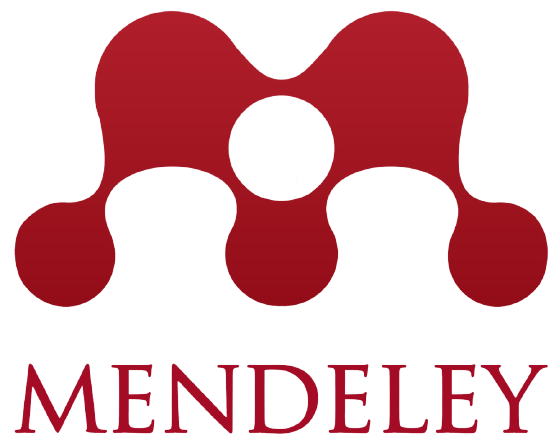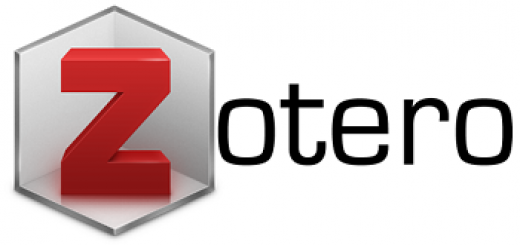Promoting Higher-Order Thinking Skills (HOTS) for Young Learners in A Bilingual Classroom
Abstract
Adopting Bloom's Taxonomy of higher-order thinking skills (HOTS) in a bilingual classroom, especially for young learners, needs creativity and extra effort from teachers since it deals with involving students with complex activities and difficult tasks. This present study reveals how to implement HOTS in a bilingual classroom and the challenges during the learning-teaching activities. This study involved 21 second-grade students of Al – Azhar 55 Islamic Primary School in Yogyakarta, two homeroom teachers, and a native speaker. The data were collected from the interview, document analysis, and classroom observation. The result of the study shows that to promote HOTS during the learning-teaching activities, the teacher implements hands-on learning teaching strategies and involves ICT to help students understand the topic discussed easily in a fun way. Meanwhile, the challenges occurring lie in students' motivation to learn and lack of skill in writing. This study yields interesting results which can give another option to implement HOTS for young learners in the context of the bilingual classroom.
References
S. M. Brookhart, How to assess higher-order thinking skills in your classroom. ASCD, 2010.
N. M. Florea and E. Hurjui, ‘Critical thinking in elementary school children’, Procedia-Social and behavioral sciences, vol. 180, pp. 565–572, 2015.
T. S. Yen and S. H. Halili, ‘Effective teaching of higher order thinking (HOT) in education’, The Online Journal of Distance Education and e-Learning, vol. 3, no. 2, pp. 41–47, 2015.
Y. Abosalem, ‘Assessment techniques and students’ higher-order thinking skills’, International Journal of Secondary Education, vol. 4, no. 1, pp. 1–11, 2016.
N. Golshan and D. Tafazoli, ‘Technology-enhanced language learning tools in Iranian EFL context: Frequencies, attitudes and challenges’, Procedia-Social and Behavioral Sciences, vol. 136, pp. 114–118, 2014.
M. Azizinezhad and M. Hashemi, ‘Technology as a medium for applying constructivist teaching methods and inspiring kids’, Procedia-Social and Behavioral Sciences, vol. 28, pp. 862–866, 2011.
M. Whitacre, ‘Attitudinal perspectives: A factor to implementation of a dual language program’, International Journal of Instruction, vol. 8, no. 1, p. 35, 2015.
O. García, Bilingual education in the 21st century: A global perspective. John Wiley & Sons, 2011.
F. M. Noor and H. Harun, ‘Phenomenological Study: Bilingual Teaching Classroom of Malaysian Community Colleges’, Procedia-Social and Behavioral Sciences, vol. 204, pp. 114–118, 2015.
C. Becker and J. Roos, ‘An approach to creative speaking activities in the young learners’ classroom’, Education Inquiry, vol. 7, no. 1, p. 27613, 2016.
J. J. Onosko and F. M. Newmann, ‘Creating More Thoughtful Learning Environments. JN Mangieri & CC Blocks (Eds.). Creating Powerful Thinking in Teachers and Students: Diverse Perspectives’. Fort Worth: Harcourt Brace College Publishers, 1994.
P. Vijayaratnam, ‘Developing higher order thinking skills and team commitment via group problem solving: A bridge to the real world’, Procedia-Social and Behavioral Sciences, vol. 66, pp. 53–63, 2012.
H. Djidu, ‘Jailani.(2016). Fostering student’s higher-order thinking skill through problem-based learning in calculus’, in Proceeding of 3rd International Conference on Research, Implementation and Education of Mathematics and Science, pp. 127–130.
J. Corbin and A. Strauss, Basics of qualitative research: Techniques and procedures for developing grounded theory. Sage publications, 2014.
J. W. Cresswell, ‘Educational research: Planning, conducting, and evaluating quantitative and qualitative research’, Lincoln: Pearson, 2012.
P. Mihas, ‘Qualitative data analysis’, in Oxford research encyclopedia of education, 2019.
R. Yin, ‘K.(2003). Case study research: Design and methods’. Sage Publications, Inc, 2003.
H. Nassaji, ‘Qualitative and descriptive research: Data type versus data analysis’, Language teaching research, vol. 19, no. 2. Sage Publications Sage UK: London, England, pp. 129–132, 2015.
C. Boyce and P. Neale, Conducting in-depth interviews: A guide for designing and conducting in-depth interviews for evaluation input, vol. 2. Pathfinder international Watertown, MA, 2006.
M. B. Barnes and K. R. Foley, ‘Inquiring into three approaches to hands-on learning in elementary and secondary science methods courses’, The Electronic Journal for Research in Science & Mathematics Education, 1999.
N. D. Uysal and F. Yavuz, ‘Teaching English to very young learners’, Procedia-Social and Behavioral Sciences, vol. 197, pp. 19–22, 2015.
J. Harmer, ‘The practice of English language teaching’, London/New York, pp. 401–405, 2001.
J. Kormos, T. Brunfaut, and M. Michel, ‘Motivational factors in computer-administered integrated skills tasks: A study of young learners’, Language Assessment Quarterly, vol. 17, no. 1, pp. 43–59, 2020.
L. Sand and V. Gonzalez, ‘The Water Lab Curriculum for Teaching Science to Young English Language Learners’, NABE Journal of Research and Practice, vol. 4, no. 1, pp. 116–142, 2013.
D. S. Peterson, ‘Engaging elementary students in higher order talk and writing about text’, Journal of Early Childhood Literacy, vol. 19, no. 1, pp. 34–54, 2019.
M. Barak and Y. J. Dori, ‘Enhancing higher order thinking skills among inservice science teachers via embedded assessment’, Journal of Science Teacher Education, vol. 20, no. 5, pp. 459–474, 2009.
L. W. Anderson and D. R. Krathwohl, A taxonomy for learning, teaching, and assessing: A revision of Bloom’s taxonomy of educational objectives. Longman, 2001.
A. R. Abd, ‘Rashid. Falsafah Budaya dalam Pendidikan’. Kuala Lumpur: Penerbit Universiti Malaya, 2003.
Y. M. Heong, J. M. Yunos, W. Othman, R. Hassan, T. T. Kiong, and M. M. Mohamad, ‘The needs analysis of learning higher order thinking skills for generating ideas’, Procedia-Social and Behavioral Sciences, vol. 59, pp. 197–203, 2012.
L. J. Waks, ‘Thinking in Dewey’s Experimentalist Education: The Contribution of the Internet and Digital Tools’, ECNU Review of Education, vol. 1, no. 2, pp. 1–22, 2018.
C. McLoughlin and M. Lee, ‘Social software and participatory learning: Pedagogical choices with technology affordances in the Web 2.0 era’, in ICT: Providing choices for learners and learning. Proceedings ascilite Singapore 2007, 2007, pp. 664–675.
M. Ganapathy, M. SINGH, M. KAUR, S. Kaur, and L. W. KIT, ‘Promoting Higher Order Thinking Skills via Teaching Practices.’, 3L: Southeast Asian Journal of English Language Studies, vol. 23, no. 1, 2017.
D. Subran, ‘Developing higher-order thinking with ICT’, 2013.
J. L. Howland, D. H. Jonassen, and R. M. Marra, Meaningful Learning with Technology: Pearson New International Edition PDF eBook. Pearson Higher Ed, 2013.
D. Haager, J. K. Klingner, and T. C. Aceves, How to teach English Language Learners: Effective strategies from outstanding educators, Grades K-6. John Wiley & Sons, 2009.












 This work is licensed under a Creative Commons Attribution-ShareAlike 4.0
This work is licensed under a Creative Commons Attribution-ShareAlike 4.0